Explore the upcoming trends in iron ore extraction.
January 10, 2025
Written by Turian Biel

Table of Contents
- Exploring Iron Extraction Quantities for 2025
- Projected Iron Ore Production in Brazil
- Global Iron Ore Production Estimates
- Iron Ore Production in Pará and Minas Gerais
- CSN Mining's Production Plans
- Vale's Northern Operations
- Samarco's Recovery Plans
- Iron Ore Royalties and Economic Impact
- Iron Ore Reserves in Brazil
- Future Trends in Iron Ore Production
- Conclusion: The Outlook for 2025
- Investment Trends in Iron Ore Mining for 2025
- Conclusion
Exploring Iron Extraction Quantities for 2025
Projected Iron Ore Production in Brazil
In Brazil, the iron ore production is expected to reach significant levels in 2025. Vale, one of the largest mining companies, anticipates producing between 325 and 335 million tons of iron ore, compared to 328 million tons in 2024. This increase reflects the company's ongoing efforts to enhance production capabilities and meet global demand.
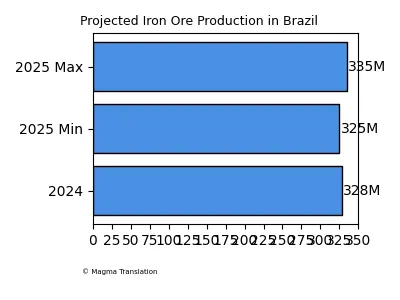
Global Iron Ore Production Estimates
Globally, iron ore production is projected to reach approximately 2.5 billion metric tons in 2025. This figure highlights the growing demand for iron ore, driven by industrial activities and infrastructure development worldwide. Countries like Brazil and Australia are expected to play a crucial role in meeting this demand.
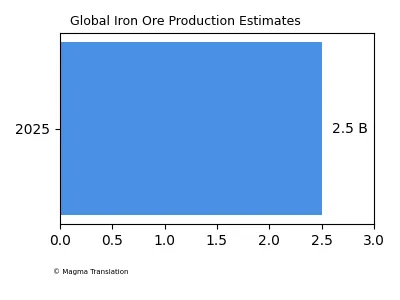
Iron Ore Production in Pará and Minas Gerais
In Brazil, the gross production of iron ore is concentrated in the states of Minas Gerais and Pará, accounting for a significant portion of the country's output. Minas Gerais contributes 69.6% of the total production, while Pará contributes 28.8%. The average iron content in these regions varies, impacting the overall quality and value of the extracted ore.

CSN Mining's Production Plans
CSN Mineração is set to initiate production at the Itabirito P15 project in 2025, with a planned capacity of 15 million tons per year. This project aims to enhance the iron content of the ore from 58% to 65% by 2028, showcasing the company's commitment to improving production efficiency and product quality.
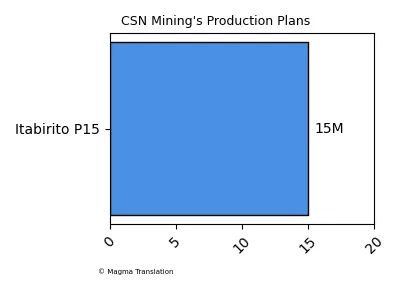
Vale's Northern Operations
Vale is also focusing on its northern operations, projecting to supply 260 million tons of iron ore by 2025. This strategic move is part of Vale's broader plan to diversify its production sources and reduce reliance on specific markets, particularly China.
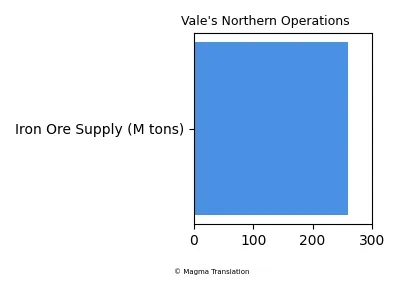
Samarco's Recovery Plans
Samarco aims to resume 60% of its iron ore production by early 2025, compared to its output before the Mariana disaster in 2015. Currently, the company operates at 30% of its installed capacity and plans to gradually increase production until 2028, when it expects to reach full capacity source.
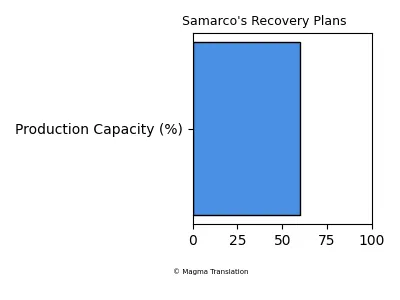
Iron Ore Royalties and Economic Impact
The new legislation in Brazil has increased the maximum royalty rate for iron ore from 2% on net revenue to 3.5% on gross revenue. This change is expected to impact the profitability of mining companies and the overall economic landscape of the mining sector in Brazil.
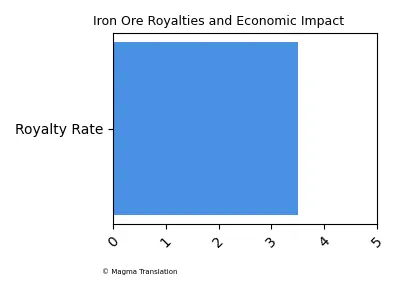
Iron Ore Reserves in Brazil
Brazil possesses iron ore reserves totaling 17 billion tons, representing 8.3% of global reserves. This positions Brazil as the second-largest producer of iron ore globally, following China, which accounts for 21% of production. The country's rich mineral resources are vital for sustaining its economy and export capabilities.

Future Trends in Iron Ore Production
As the demand for iron ore continues to rise, companies are investing heavily in technology and infrastructure to enhance production efficiency. The focus on sustainability and reducing environmental impact is also becoming increasingly important in the mining sector. Innovations in extraction methods and processing techniques are expected to shape the future of iron ore production in 2025 and beyond.
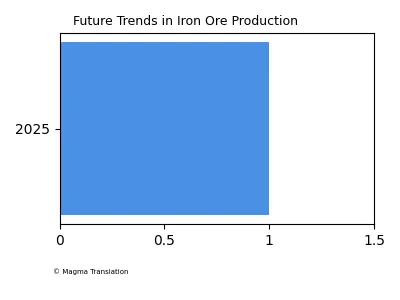
Conclusion: The Outlook for 2025
The outlook for iron ore production in 2025 is promising, with significant contributions expected from major players like Vale, CSN, and Samarco. As the industry adapts to changing market conditions and regulatory frameworks, the focus will remain on maximizing production while ensuring sustainability and economic viability.
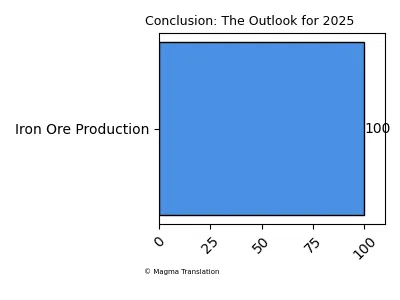
Investment Trends in Iron Ore Mining for 2025
Startup Investments in Iron Ore Projects
A Belgian startup, Space Applications Services, is investing in innovative technologies that could impact the mining sector. Although primarily focused on lunar projects, their advancements in resource extraction could influence future mining practices on Earth. The integration of new technologies may lead to more efficient iron ore extraction methods, potentially benefiting companies like Vale and CSN source.
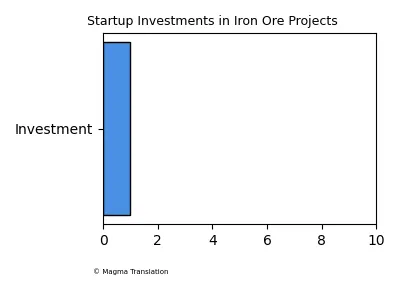
Iron Ore Demand from China
China remains a significant player in the iron ore market, accounting for approximately 63% of Vale's iron ore sales. As the Chinese economy continues to grow, the demand for iron ore is expected to rise, influencing global production strategies. Companies are adapting to this demand by increasing their production capacities and exploring new markets.
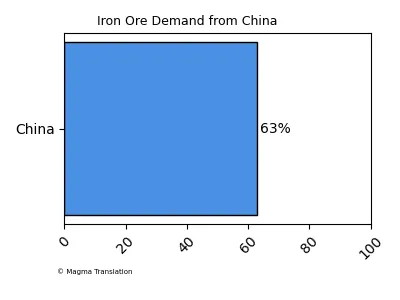
Environmental Regulations Impacting Production
As environmental regulations become stricter, mining companies are required to adopt more sustainable practices. Vale, for instance, aims to reduce its waste to 10% by 2030. This commitment to sustainability may affect production levels in the short term but is expected to enhance the company's reputation and long-term viability in the market.
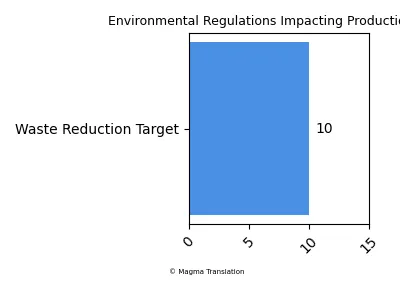
Technological Innovations in Mining
Technological advancements are playing a crucial role in enhancing iron ore extraction efficiency. Companies are investing in automation and data analytics to optimize their operations. For example, the use of drones and AI in monitoring mining sites can lead to better resource management and reduced operational costs source.
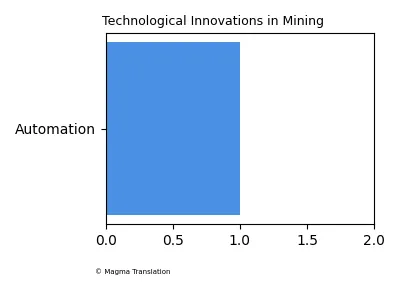
Impact of Global Economic Conditions
The global economic landscape significantly influences iron ore production. Factors such as trade policies, tariffs, and economic growth rates in major markets like China and the United States can affect demand and pricing. As economies recover from the pandemic, the demand for iron ore is expected to rise, prompting companies to ramp up production source.
Future of Iron Ore Royalties
The recent changes in royalty rates for iron ore mining in Brazil have raised the maximum rate to 3.5% on gross revenue. This adjustment is expected to impact the profitability of mining operations and may lead companies to reassess their investment strategies in the region.
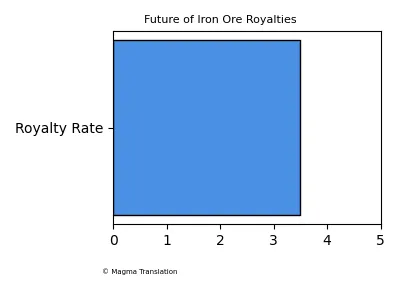
Regional Variations in Iron Ore Production
Iron ore production in Brazil varies significantly by region. Minas Gerais and Pará are the leading states, but other regions are also exploring their mineral potential. For instance, the Cia. Minas Gerais S/A has a mine with an estimated capacity of 250,000 tons of iron, showcasing the diverse opportunities across the country.

Conclusion
The outlook for iron ore production in 2025 is shaped by various factors, including technological advancements, regulatory changes, and global demand dynamics. As major players like Vale and CSN continue to adapt to these changes, the industry is poised for significant growth. With a focus on sustainability and efficiency, the future of iron ore extraction looks promising, ensuring that Brazil remains a key player in the global market.
